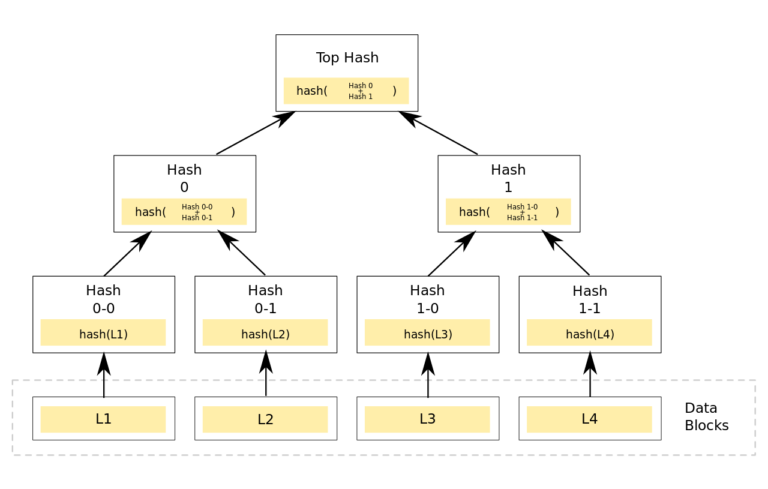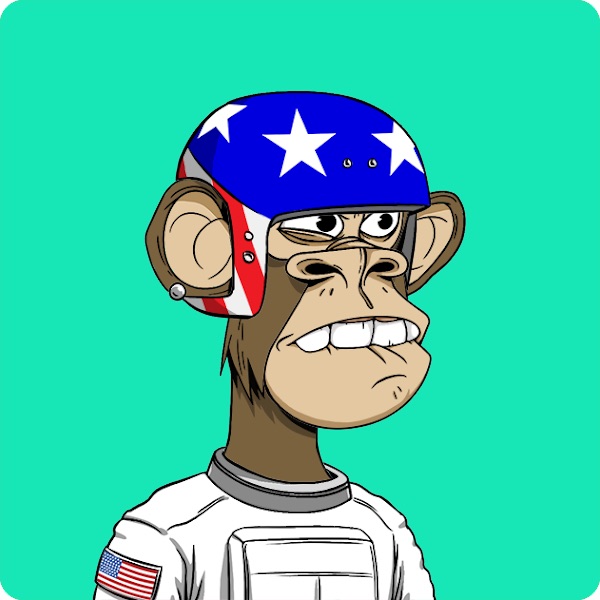
The magical world of NFT, the gold rush, part one
A non-fungible token (NFT) is an irreplaceable unit of data stored on a blockchain, a form of digital ledge, which can be sold and traded.
Let us now briefly clarify some of the terms necessary for a clear and complete understanding of the definition before us.
Fungibility is the ability of a good or asset to be exchanged with other individual goods or assets of the same kind.
A digital token, also referred to as a crypto token, digital coin, or often simply a “token”, “coin” is a digital representation of the values or rights offered and sold for the purpose of:
• Enabling access, participation or development of a distributive ledge, blockchain or other digital data structure.
• Raising capital to develop a network or platform.
Individual coin ownership records are kept in a digital ledger, which is a computerized database that uses strong cryptography to secure transaction records, control the creation of additional coins, and verify the transfer of coin ownership. Despite their name, cryptocurrencies are not necessarily considered currencies in the traditional sense, although they have been subjected to various categorical treatments, including classification as commodities, securities, or as currencies. In practice, they are generally viewed as a separate asset class. Some cryptocurrencies use validators to maintain cryptocurrency. In the investment proof model, owners place their tokens as collateral. In return, they gain authority over the token in proportion to the amount they invest. In general, these token actors gain additional ownership of the token over time through network fees, newly created tokens, or other similar reward mechanisms. For those who don’t know, a crypto token is a token of a virtual currency or a denomination of a certain cryptocurrency. It is an exchangeable tool or utility that is located on its own blockchain and allows the owner to use it for investment or economic purposes.
Blockchain is a growing list of electronic records, called blocks that are linked together by cryptography. In computer science, a record (also called structure, structure, or complex data) is the basic structure of data. Records in a database or tables are usually called “rows”.
On the other hand, cryptography, or cryptology (from ancient Greek: κρυπτός, romanized: kryptós “hidden, secret”; and graphein γράφειν, “write”, or -λογία -logia, “study”, respectively), is the practice and study of techniques for secure communication in the presence of mutually contradictory behaviors. Generally speaking, cryptography deals with the construction and analysis of protocols that prevent third parties or the public from reading private messages. Various aspects in information security such as data confidentiality, data integrity, authentication and non-denial are central to modern cryptography.
Since a blockchain is a growing list of records, called blocks, which are interconnected by cryptography or a cryptographic pattern, each block contains the cryptographic hash of the previous block, a timestamp, and transaction data (generally represented as a Merkle tree). Merkle tree).
• Cryptographic hash function (CHF) is a mathematical algorithm that maps arbitrary size data (often called a “message”) into a series of fixed-size bits (“hash value”, “hash” or “message digest”). It is a one-way function, ie a function that is practically impossible to invert or reverse the calculation. Ideally, the only way to find a message that produces a given hash is to try to brutally search for possible inputs to see if it produces certain matches, or to use a rainbow table with matching hashes. Cryptographic hash functions are the basic tool of modern cryptography.
• The timestamp proves that the transaction data existed when the block was published to enter its hash.
As we have already stated, in blockchain technology, each block contains information about the previous block, and they thus form a chain, with each additional block amplifying those before it. Therefore, blockchains are resistant to modifying their data because once recorded, the data in any given block cannot be changed retroactively without changing all subsequent blocks.

An example of a Merkle tree.
In summary, a cryptocurrency is a digital currency designed to operate as a medium of exchange over a computer network that does not rely on any central authority, such as government or bank, to support or maintain it.
NFT ledgers provide a public certificate of authenticity or proof of ownership, but the legal rights transferred by NFT may be uncertain. NFTs do not restrict the sharing or copying of basic digital files, do not necessarily transfer the copyright of digital files, and do not prevent the creation of NFTs with identical associated files.
What is NFT and how does it work?
The special design of each NFT has the potential for several uses. For example, they are an ideal tool for digitally representing physical assets such as real estate and works of art. Because they are based on blockchains, NFTs can also work to remove intermediaries when connecting artists to audiences or managing an identity. They can remove intermediaries, simplify transactions and create new markets.
NFTs have been used as speculative assets (Speculative assets, i.e. the economic bubble, is a situation in which property prices are much higher than the basic fundamental indicators can reasonably justify. The bubbles are sometimes caused by unlikely and overly optimistic projections about the future. They could also be described as prices that significantly exceed the intrinsic value of the property. Bubbles are sometimes called speculative bubbles, financial bubble or speculative mania. In the early stages of the bubble, many investors do not notice the bubble as it really is. In the early stages of the bubble, many investors do not notice the bubble as it really is. People notice that prices are rising and often think that it is justified. As a result, bubbles are often finally identified only in retrospect, after the bubble has burst and prices have fallen.) and have drawn increasing criticism for energy costs and carbon footprint associated with blockchain transaction validation, as well as their frequent use in artistic fraud and claims that the market structure of the NFT is a Ponzi scheme. However, let’s leave the critique of NFT functioning for some of the following texts, i.e. until the moment when we do not get better acquainted with this technology.
Let’s underline now: Irreplaceable tokens (NFT) are cryptographic means on the blockchain with unique identification codes and metadata that distinguish them from each other. Unlike cryptocurrencies, they cannot be traded or exchanged for an equivalent. This differs from interchangeable tokens such as cryptocurrencies, which are identical to each other and can therefore serve as a medium for commercial transactions.
Let’s underline now: Irreplaceable tokens (NFT) are cryptographic means on the blockchain with unique identification codes and metadata that distinguish them from each other. Unlike cryptocurrencies, they cannot be traded or exchanged for an equivalent. This differs from interchangeable tokens such as cryptocurrencies, which are identical to each other and can therefore serve as a medium for commercial transactions.

Virtual currency
Virtual currency is a digital display of values available only in electronic form. It is stored and transmitted via dedicated software, mobile or computer applications. Transactions involving virtual currencies take place over secure, dedicated networks or over the Internet. They are issued by private parties or groups of developers and are mostly unregulated.
Virtual currencies are a subset of digital currencies and include other types of digital currencies, such as cryptocurrencies and tokens issued by private organizations. The advantages of virtual currencies include higher transaction speeds and ease of use. The disadvantages of virtual currencies are that they can be hacked and do not provide many legal remedies to investors because they are not adequately regulated.
What are distributed books?
A Distributed Ledger is a database that is consensually shared and synchronized across multiple locations, institutions, or geographic areas, accessed by multiple people. It allows transactions to have public “witnesses”. A participant on each network node can access the recordings that are shared on that network and can have an identical copy of the same. Any changes or additions made to the book are reflected and copied to all participants within seconds or minutes.
It is only necessary to emphasize that the distributed book is in contrast to the centralized book, which is the type of book that most companies use. A centralized book is more susceptible to cyber-attacks and scams, because it has only one point to which it is entirely focused.
The basic books distributed are the technology used by blockchain, which is the technology used by bitcoin. Blockchain is a type of distributed book used by bitcoin.
When analyzing the terms from the precise definition of NFT, we can say that they are constantly intertwined, which proves to be very interesting for its meticulous and in-depth analysis that could result in a clear and reliable view of the purpose of NFT and the opportunities it provides, but which we will begin in the following text with the formation of the NFT dictionary. It will further provide us with a thorough insight into its strategies.
